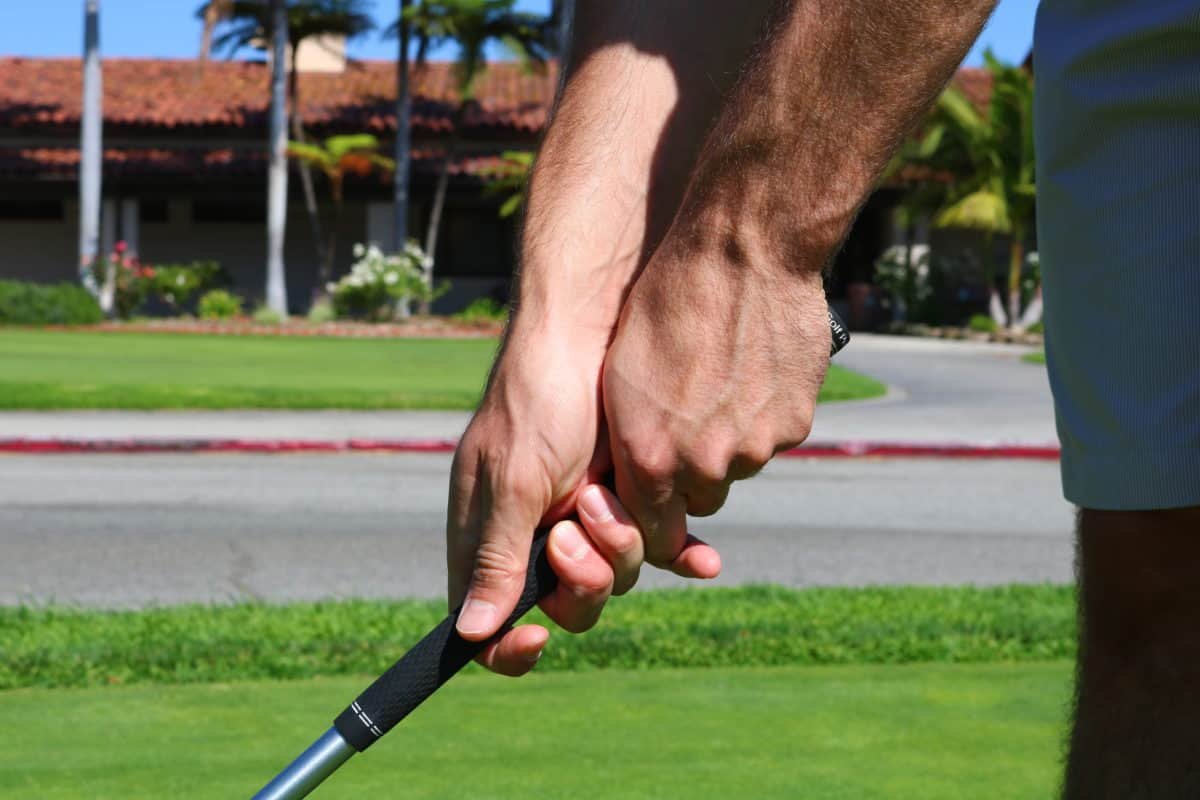
Golf, often regarded as a sport of precision, balance, and power, relies heavily on a golfer’s core strength. The core acts as the keystone of a golfer’s swing, offering stability and the power needed to send that ball down the fairway. In this article, we’re diving into the best practices for enhancing core strength to boost your golf game.
Understanding the Core’s Role:
Before we get into the nitty-gritty of core strengthening, let’s grasp why it’s a game-changer. The core, encompassing the abdominal muscles, lower back, and pelvis, serves as the stable foundation for generating rotational power in your golf swing.
Here’s why a strong core matters:
Power Generation: Your core muscles kickstart the rotation and transfer energy from your lower body to the upper body and, ultimately, the clubhead when you swing the club.
Balance and Stability: A stable core is your best friend for maintaining balance during your swing, preventing swaying, and ensuring a consistent clubhead path.
Injury Prevention: A robust core helps reduce the risk of injuries, particularly in the often-troubled lower back area of golfers.
Consistency: Improved core strength leads to more consistent and precise swings, a critical factor in golf success.
Top Core Strengthening Practices:
Core-Specific Exercises: Include core-focused exercises like planks, Russian twists, leg raises, and stability ball workouts in your fitness routine. These target the abdominal and lower back muscles, building strength and stability.
Yoga and Pilates: These disciplines prioritize core strength and flexibility. Regular sessions can enhance your posture, balance, and core stability, ultimately benefiting your golf game.
Medicine Ball Workouts: Exercises with a medicine ball, such as woodchoppers and overhead throws, mimic the rotational movements of a golf swing. They’re fantastic for building core strength and power.
Resistance Training: Integrate resistance training exercises that engage the core, like squats, deadlifts, and lunges, when performed with proper form. These work the core muscles along with larger muscle groups.
Cable Rotations: Employ cable machines at the gym to perform standing cable rotations. These exercises mimic golf swing motions and enhance core strength while promoting rotational flexibility.
Flexibility Training: Strength is essential, but flexibility matters too. Stretching exercises can improve your range of motion, crucial for a full and efficient golf swing. Incorporate stretching, focusing on areas like the hips, shoulders, and torso.
Balance Training: Practice balance exercises, such as single-leg stands or stability ball exercises. They enhance core stability and help maintain a steady posture during your swing.
Mental Focus: Golf is not just a physical game; it’s also mental. Leverage your core strength with the right mental focus. Concentrate on engaging your core during your swing, visualizing that the movement starts from your center.
By following these core strengthening practices, you’ll be well on your way to an improved golf game, with more power, stability, and consistency in your swings.
Introduction
Golf is a game of finesse, precision, and technique. Many factors contribute to a golfer’s success on the course, and one often overlooked aspect is grip pressure. The way a golfer holds the club can significantly influence their swing and, ultimately, their performance. In this article, we will delve into the intricate world of grip pressure in the golf swing and its profound impact on better golf.
The Basics of Grip Pressure.
Before we dive into the effects of grip pressure, it's important to understand the basics. In golf, there are three primary types of grip pressure:
1. Light Grip. A light grip, often described as a “feather touch” exerts minimal pressure on the club. The fingers barely maintain contact, and the golfer’s hands feel relaxed on the handle.
2. Neutral Grip: A neutral grip is a balanced approach, where the golfer exerts moderate pressure. The hands maintain good contact with the club, but there’s no excessive squeezing or tension.
3. Firm Grip: A firm grip involves a strong hold on the club. The golfer’s fingers and palms apply significant pressure, resulting in a secure, tight connection with the club.
The Importance of Grip Pressure
Grip pressure is integral to the golf swing for several reasons:
1. Club Control: Proper grip pressure ensures that you have control over the clubhead throughout your swing. It allows for precise manipulation of the club’s face, which is crucial for shot accuracy.
2. Consistency. Maintaining a consistent grip pressure from shot to shot promotes consistency in your swing. This is essential for repeatability and improving your overall game.
3. Feel and Feedback: Your hands are the primary point of contact with the club, making them the conduit for feedback from your swing. Adjusting your grip pressure can help you better “feel” the clubhead and make necessary swing adjustments.
4. Reduced Tension: A balanced grip pressure minimizes tension in your arms and upper body. Tension can lead to restricted movement and poor swing mechanics.
The Impact of Light Grip Pressure
A light grip pressure can be incredibly beneficial in certain situations:
1. Enhanced Feel: Light grip pressure provides golfers with better feel and feedback from the club. This heightened sensitivity helps in gauging the club's position during the swing.
2. Increased Clubhead Speed: A lighter grip encourages a freer and more fluid swing, potentially leading to higher clubhead speed and longer shots.
3. Reduced Tension: A light grip reduces tension in the arms and shoulders, resulting in a more relaxed and less rigid swing.
However, it’s crucial to use a light grip wisely. Excessive light grip pressure can lead to a lack of control over the club, making it challenging to maintain consistency and accuracy.